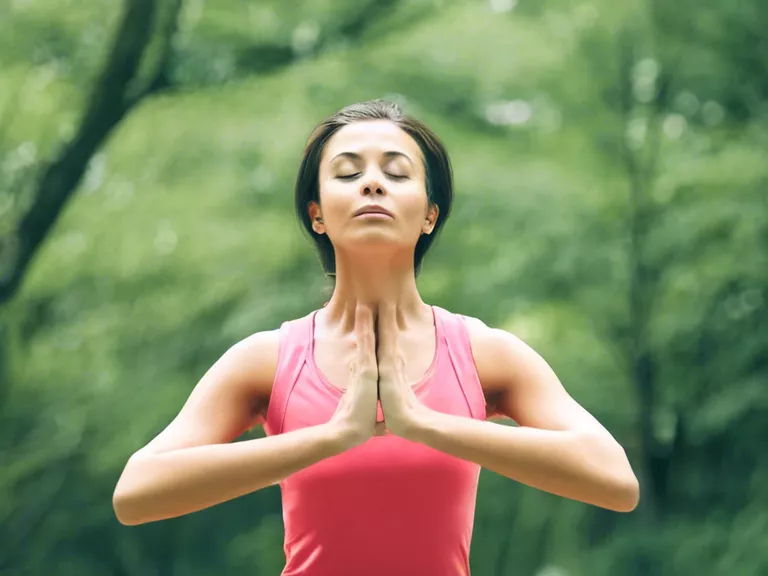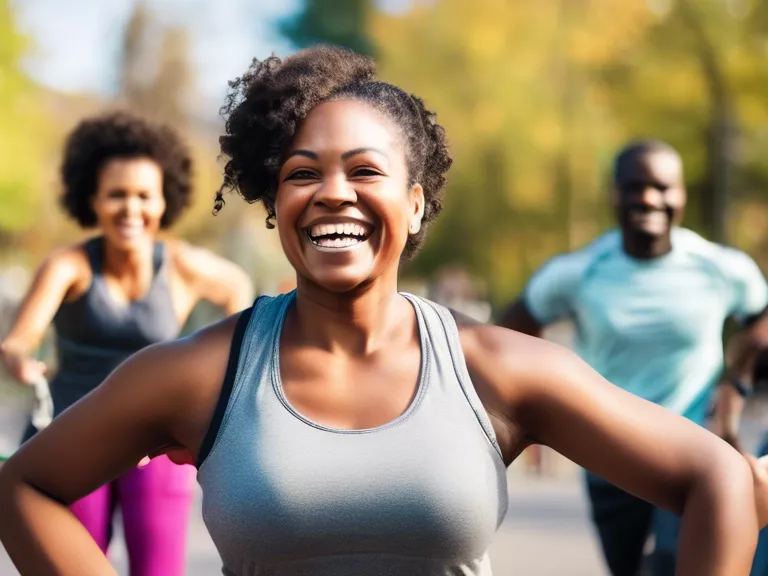
Breathing exercises are a simple yet effective way to calm your mind and improve lung function. By incorporating these practices into your daily routine, you can reduce stress, increase focus, and boost your overall respiratory health. In this article, we will explore some of the best breathing exercises that you can try today.
1. Diaphragmatic Breathing: Also known as belly breathing, this technique involves taking deep breaths from your diaphragm rather than shallow breaths from your chest. To practice diaphragmatic breathing, place one hand on your chest and the other on your abdomen. Inhale deeply through your nose, allowing your abdomen to rise as you fill your lungs with air. Exhale slowly through your mouth, feeling your abdomen fall. Repeat this process for several minutes to promote relaxation and improve oxygen flow.
2. Box Breathing: Box breathing is a powerful technique used by military professionals to increase focus and reduce anxiety. To perform box breathing, inhale deeply for a count of four, hold your breath for a count of four, exhale for a count of four, and then hold your breath again for a count of four. Repeat this sequence several times to regulate your breathing and calm your mind.
3. Alternate Nostril Breathing: This yoga technique is believed to balance the left and right hemispheres of the brain, promoting clarity and focus. To practice alternate nostril breathing, sit comfortably with your spine straight. Use your right thumb to close your right nostril and inhale deeply through your left nostril. Close your left nostril with your ring finger, release your right nostril, and exhale through your right nostril. Inhale through your right nostril, close it, release your left nostril, and exhale through your left nostril. Repeat this cycle for several minutes.
4. Pursed Lip Breathing: Pursed lip breathing can help improve lung function and reduce shortness of breath. To perform this exercise, inhale slowly through your nose and exhale through pursed lips, as if you were blowing out a candle. This technique creates back pressure in your airways, keeping them open for longer and reducing the work of breathing.



